Occupational safety training for working in a wind power factory
99,000 ₫
Note: The above price is calculated per person, and the price may fluctuate depending on the number of participants in the course and market movements. For more accurate pricing support, please refer to the price list or contact our consulting staff directly.
Occupational safety is an important issue at the wind power factory and needs to be addressed promptly to ensure the health and safety of workers and enhance the reputation of businesses there. The Occupational Safety Training course by An Toan Nam Viet is one of the effective solutions to raise awareness about preventing workplace accidents for workers in the wind power factory.
Table of Contents
Toggle1. Overview of Wind Power Factories
a. What is a wind power factory?
A wind power factory is a facility for manufacturing electricity using wind as the main energy input. Wind power factories include technological structures such as blades (also called wind rotors) and generators, installed on tall towers or similar structures to harness wind energy and convert it into electricity.
When the wind blows through the blades, they rotate and drive the generators to produce electricity. Wind energy can be used to supply electricity to the public grid or for specific areas such as farms, factories, or other manufacturing facilities.
Wind power factories are considered a renewable energy source and do not produce greenhouse gas emissions or air pollution, making them a popular method for manufacturing clean electricity and protecting the environment.

b. Wind power factories in Vietnam
In Vietnam, many wind power factories have been built and are operating, contributing significantly to the country’s renewable energy manufacturing. Below are some examples of wind power factories in Vietnam:
- Phuoc Vinh Wind Power Factory (Binh Thuan): This is one of the largest wind power factories in Vietnam. With a total capacity of 246 MW, the factory uses 61 wind blades and can supply electricity to hundreds of thousands of households.
- Me Linh Wind Power Factory (Hanoi): With a total capacity of 30 MW, Me Linh Wind Power Factory is one of the first wind power projects in Vietnam. Located in the hilly region of Me Linh District, Hanoi, this factory contributes to providing clean electricity for the area.
- Can Duoc Wind Power Factory (Long An): With a total capacity of 39 MW, Can Duoc Wind Power Factory supplies energy to the Long An area and meets the electricity demand of thousands of households.
- Phu Quy Wind Power Factory (Binh Thuan): Built on Phu Quy Island, Binh Thuan province, this wind power factory has a total capacity of 27 MW and contributes to renewable energy manufacturing in the region.
These are just some examples of wind power factories in Vietnam, and many other projects are being developed to expand wind electricity usage nationwide.

2. Overview of Safety Training at Wind Power Factories
a. What is occupational safety training?
- Occupational safety training is an in-depth course on workplace safety for people working in industrial, construction, manufacturing, and other high-risk sectors. This training is organized by An Toan Nam Viet’s occupational safety training centers at wind power factories.
- In this course, trainees are provided with the knowledge and skills necessary to ensure safety for themselves and their colleagues while working. Topics include labor safety laws, identifying and assessing potential risks, methods for inspecting and maintaining safety equipment, first aid skills, and handling emergency situations.
- For businesses, training employees in occupational safety not only enhances staff capability and work efficiency but also ensures compliance with labor safety regulations and reduces the risk of workplace accidents during manufacturing operations.
REGISTER FOR OCCUPATIONAL SAFETY TRAINING SERVICE
b. Training duration
Occupational safety training duration depends on many factors such as job type, industry, etc. However, the exact total training time for each group is specified in Article 19 of Decree 44/2016/ND-CP
- Group 1: 16 hours
- Group 2: 48 hours
- Group 3: 24 hours
- Group 4: 16 hours
- Group 5: 16 hours
- Group 6: 4 hours
c. Training content
Occupational safety training content includes the knowledge and skills needed to reduce the risk of workplace accidents, ensuring safety for employees and company assets. Specifically, training may include:
- Knowledge of labor safety laws and regulations at the state and company levels.
- Knowledge of hazards and types of workplace accidents in manufacturing environments.
- Skills and methods for using personal protective equipment and collective protective equipment.
- Methods to minimize the risk of workplace accidents and ensure safety during work processes.
- How to handle dangerous situations and organize rescue operations in case of workplace accidents.
- Knowledge about maintaining a safe work environment.
Additionally, the training content may be adjusted according to the specific industry and working conditions.
d. Occupational safety training certificate
Occupational safety and hygiene training certificate
- The template is specified in form 08, Appendix II of Decree 44/2016/ND-CP and is issued for groups 1,2,5,6.
- The certificate measures 13 cm x 19 cm, and its front side is sky blue.

- The content on the front side of the certificate is shown above.
- The back side has a white background with content as shown below.

- The template is specified in form 06, Appendix II of Decree 44/2016/ND-CP.
- Group 3 employees are issued an Occupational Safety Card (commonly called the Occupational Safety Certificate for group 3).
- The card measures 60 mm x 90 mm, with front and back content shown below.

The employer may issue a group 3 safety card to the trained employee after verifying compliance and having a labor contract between the two parties.
- The template for groups 1, 2, 5, 6 is specified in form 09, Appendix II of Decree 44/2016/ND-CP.
- The template for group 3 is specified in form 10, Appendix II of Decree 44/2016/ND-CP.
- The template for group 4 is specified in form 11, Appendix II of Decree 44/2016/ND-CP.
- Group 4 only receives a record book without a group 4 safety certificate.
- The content in the group 4 record book is shown below.

3. Employment Opportunities at Wind Power Factories
Employment at wind power factories offers many job opportunities for workers. Some common positions include:
- Wind Electrical Engineer: Responsible for designing, constructing, and operating wind power factories. They have knowledge of mechanics, electronics, electricity, and energy management systems.
- Maintenance Technician: Responsible for maintaining and repairing wind power equipment, including blades, electrical systems, and generators. They conduct inspections, periodic maintenance, and troubleshoot issues.
- Project Manager: Plans, implements, and manages wind power projects, including financial management, scheduling, progress monitoring, and ensuring compliance with safety and environmental regulations.
- Wind Measurement Technician: Works in the surveying and measurement phase to determine the suitability of wind power factory locations. They install wind measurement stations, collect data, and analyze wind potential and project performance.
- Installation Worker: Participates in constructing and installing factory structures and equipment. Tasks include digging foundations, installing towers, blades, electrical systems, and other components.
- Safety and Environmental Specialist: Ensures strict compliance with safety and environmental regulations at wind power factories.

4. Main Causes of Workplace Accidents in Industrial Areas
The main causes of workplace accidents in industrial areas include:
- Non-compliance with labor safety standards: Some industrial areas do not meet labor safety standards or lack personal protective equipment for workers.
- Insufficiently trained staff: Some workers are not adequately trained in labor safety and do not know how to use personal protective equipment.
- Lack of safety equipment: Some industrial areas lack safety equipment such as ladders, handrails, emergency exits, fire-fighting systems, etc.
- Insufficient supervision: Some industrial areas do not have occupational safety supervisors or supervision is inadequate, with equipment and safety systems not regularly checked.
- Excessive working hours: Some workers work too long or do not have adequate rest, causing fatigue and mistakes during work.
- Failure to follow safety regulations: Some workers do not follow labor safety rules or fail to wear proper protective equipment, leading to workplace accidents.

5. Measures to Control Occupational Accidents in Wind Power Plants
To control occupational accidents in wind power plants, it is necessary to implement safety measures and strictly manage risks. Here are some important measures:
- Training and Education: Provide occupational safety training for all employees, including workers, engineers, technicians, and managers. The training should focus on identifying and mitigating hazards and risks in the working environment.
- Risk Management: Implement a comprehensive risk assessment process to identify hazards and potential dangers in activities related to the wind power plant. Then, deploy control measures such as personal protective equipment, safety systems, warning signs, and safe work procedures.
- Monitoring and Compliance: Conduct continuous monitoring to ensure compliance with safety regulations and procedures. Safety rules must be strictly followed, including the correct use of protective equipment, adherence to safe work procedures, and no violation of safety restrictions.
- Maintenance and Regular Inspections: Perform regular maintenance and inspections of equipment, machinery, and systems in the wind power plant to ensure safe and efficient operation. Safety and protection systems should be checked regularly to ensure they function properly.
- Communication and Safety Awareness: Create a work environment where everyone prioritizes safety and is aware of following safety rules and procedures. Clear communication about risks, safety regulations, and safety-related feedback is very important.
- Periodically conduct occupational environment monitoring in the factory, collecting and analyzing harmful factors for workers, then adjusting to reduce hazards to prevent occupational diseases for them.
6. Benefits of Occupational Safety Training
An Toan Nam Viet provides your enterprise with the following excellent benefits after completing occupational safety training courses in accordance with Decree 44/2016/ND – CP on occupational safety and hygiene for companies, factories, and enterprises.
- Workers can identify potential hazards of occupational accidents and take preventive measures to avoid accidents.
- Your enterprise can establish risk prevention measures in production, operation, and maintenance processes.
- Minimizes costs in case of safety risks in labor activities.
- Uninterrupted production processes help increase labor productivity and product quality.
- Compliance with occupational safety laws, avoiding legal risks.
- Builds credibility and professionalism in all aspects, thereby enhancing your enterprise’s brand.
Nam Viet’s training courses are solutions to prevent and counteract external factors impacting individuals, helping them avoid dangers that may lead to injury or, in severe cases, death.
REGISTER FOR OCCUPATIONAL SAFETY TRAINING SERVICES
7. Customer Feedback After Completing Training Courses
An Toan Nam Viet has many years of experience accompanying numerous enterprises in Vietnam in general and in the southern provinces in particular. This responsibility is extremely valuable to Nam Viet, which is why our Occupational Safety Training is increasingly professional. The motivation for An Toan Nam Viet’s growth comes from positive feedback and suggestions from enterprises. Below are the testimonials from our partners.
Bac Nam E&C Investment and Construction Joint Stock Company
“My first time using An Toan Nam Viet’s services, I was very impressed by the 24/7 support from the consulting team. Class organization was very fast and convenient for our company. Thank you very much for Nam Viet’s service!”
Hoa Dat Construction and Trading Joint Stock Company
“Nam Viet’s service greatly helped us simplify occupational safety and complete safety documentation for work. The consulting team responded promptly and enthusiastically to our inquiries. Five stars for Nam Viet.”
See more customer interviews after using the services of An Toan Nam Viet
8. An Toan Nam Viet’s Occupational Safety Training Capacity
An Toan Nam Viet is a reputable and high-quality occupational safety training center in Vietnam. Training sessions are continuously conducted at factories, production workshops, or construction sites across all 63 provinces of Vietnam.
REGISTER FOR OCCUPATIONAL SAFETY TRAINING SERVICES
Occupational Safety Training License
- An Toan Nam Viet has been inspected and certified by the Department of Safety of the Ministry of Labor – Invalids and Social Affairs and granted a certificate for occupational safety and hygiene training, further strengthening our occupational safety training capacity.

Materials and Lectures
- Before the occupational safety training materials are used in the training courses, they are reviewed to ensure correctness and effectiveness when applied.
- The teaching methods of instructors follow An Toan Nam Viet standards, developed by experts in occupational safety training to maximize learners’ knowledge absorption.
Facilities
- Controlling factors in the classroom that affect training increases teaching efficiency and learners’ knowledge absorption.
- Our training facilities are spacious, meeting standards for area, lighting, and training equipment, etc.
9. Nationwide Reputable Occupational Safety Training Center
At An Toan Nam Viet, we prioritize the profession of occupational safety training. For us, imparting knowledge for workers to protect themselves is contributing to the country’s development.
To ensure effective training, we carefully prepare every detail, from tools, teaching equipment, curricula, documents, to sound and lighting.
Our occupational safety instructors are experts with many years of experience and research on hazards across industries and their prevention.
Lectures are based on practical experience and presented in an engaging, easy-to-understand manner for workers. This helps learners feel comfortable and absorb knowledge effectively. The content always aligns with Decree 44/2016/ND-CP.
Thus, learners gain knowledge of preventive measures and self-protection, applying them appropriately in their work.
Our training center is proud to provide reputable and professional occupational safety training services with the following advantages:
- Competitive training costs while maintaining quality.
- Flexible training schedules according to company production.
- Fast and legally compliant procedures for issuing training certificates.
- Instructors with many years of experience.
- Classrooms are controlled to enhance teaching efficiency and learners’ knowledge absorption.
- Lectures are tailored to enterprise occupational safety needs.
- An Toan Nam Viet works diligently and professionally to support customers accurately and promptly.

10. Additional Occupational Safety Training Materials
- Occupational safety materials for working in wind power plants
- Occupational safety training materials set
- Occupational safety training test set
- Occupational safety multiple-choice test for working in wind power plants
- Slides for occupational safety training in wind power plants
1 review for Occupational safety training for working in a wind power factory
No comments yet

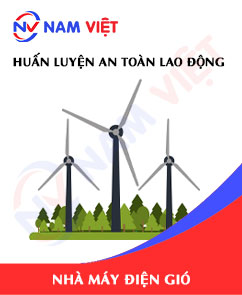
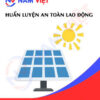
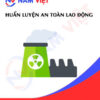



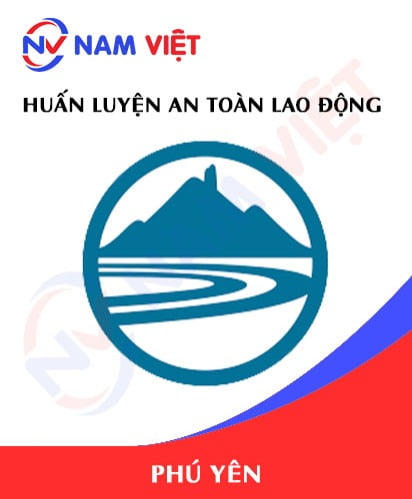
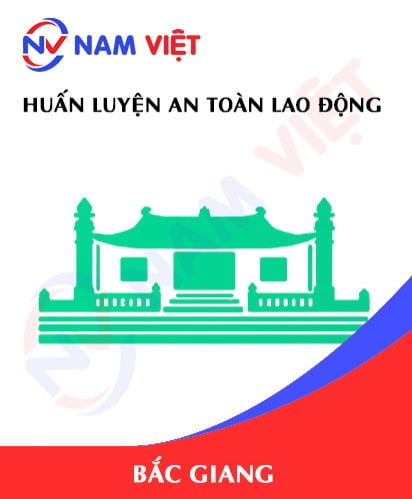

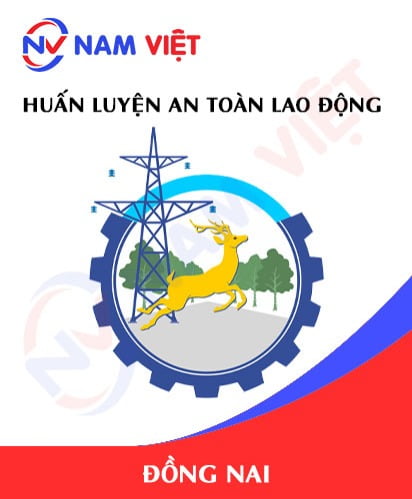
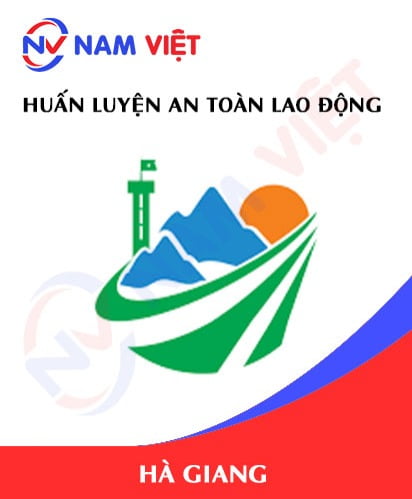

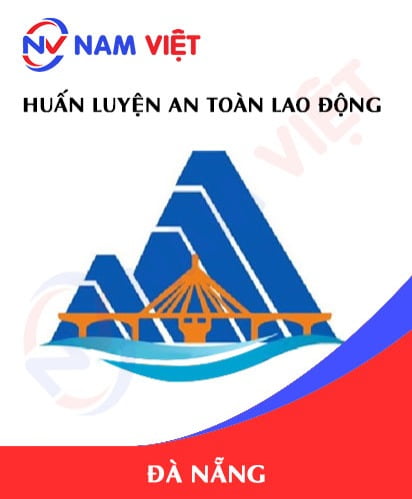
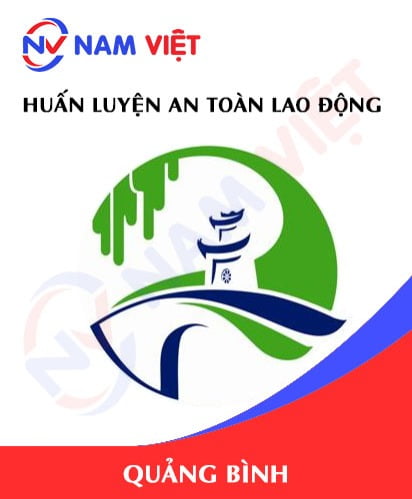
caotiensyhung.07081999
Dịch vụ huấn luyện an toàn lao động rất tốt nhé, giảng viên dạy rất sinh động dễ hiểu!